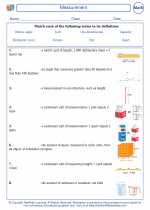Denominator: Explanation and Study Guide
Definition
The denominator is the bottom number in a fraction and represents the total number of equal parts into which the whole is divided. It is the divisor of the fraction and indicates the number of parts that make up the whole. For example, in the fraction 3/4, the denominator is 4, indicating that the whole is divided into 4 equal parts.
Understanding Denominators
Denominators are essential for understanding and working with fractions. They determine the size of each part when the whole is divided into equal segments and provide context for the fraction's value. It's crucial to grasp the concept of denominators to be able to compare, add, subtract, multiply, and divide fractions accurately.
Study Guide
Here are some key points to remember when studying denominators:
- Definition: Understand that the denominator represents the total number of equal parts into which the whole is divided in a fraction.
- Representation: Practice identifying the denominator in various fractions and understanding its significance in relation to the whole.
- Equivalent Fractions: Learn how to create equivalent fractions by multiplying or dividing both the numerator and the denominator by the same number.
- Operations with Fractions: Practice performing addition, subtraction, multiplication, and division of fractions, paying attention to the denominators and making necessary adjustments.
- Real-World Applications: Explore real-life situations where fractions and their denominators are used, such as in recipes, measurements, and sports statistics.
Examples
Let's go through a few examples to reinforce the understanding of denominators:
- In the fraction 2/5, the denominator is 5, indicating that the whole is divided into 5 equal parts.
- To find an equivalent fraction to 3/8 with a denominator of 24, multiply both the numerator and the denominator by 3 to get 9/24.
- When adding 1/3 and 1/6, find a common denominator (6 in this case) and convert both fractions to have the same denominator before adding them.
By mastering the concept of denominators, you'll gain a solid foundation for working with fractions and be better equipped to tackle more advanced math concepts in the future.
[Denominator] Related Worksheets and Study Guides:
.◂Math Worksheets and Study Guides Fourth Grade. Measurement
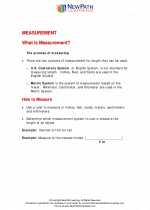
 Activity Lesson
Activity Lesson
 Activity Lesson
Activity Lesson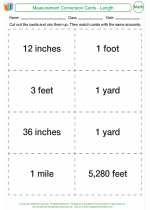
 Activity Lesson
Activity Lesson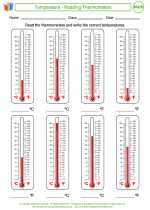
 Worksheet/Answer key
Worksheet/Answer key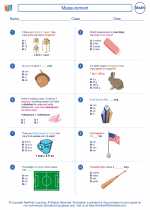
 Worksheet/Answer key
Worksheet/Answer key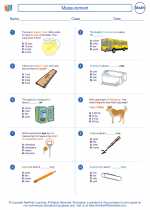
 Worksheet/Answer key
Worksheet/Answer key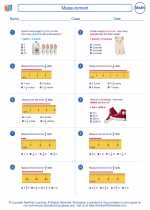
 Worksheet/Answer key
Worksheet/Answer key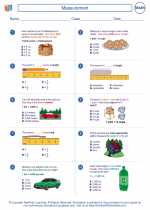
 Worksheet/Answer key
Worksheet/Answer key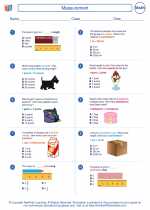
 Worksheet/Answer key
Worksheet/Answer key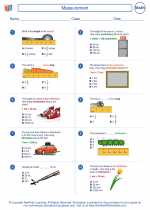
 Worksheet/Answer key
Worksheet/Answer key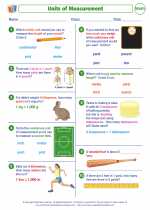
 Worksheet/Answer key
Worksheet/Answer key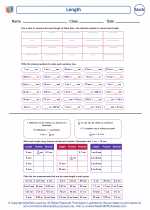
 Worksheet/Answer key
Worksheet/Answer key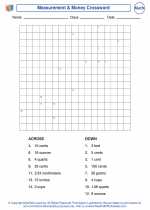
 Worksheet/Answer key
Worksheet/Answer key
 Vocabulary/Answer key
Vocabulary/Answer key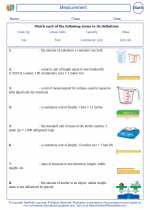
 Vocabulary/Answer key
Vocabulary/Answer key
 Vocabulary/Answer key
Vocabulary/Answer key